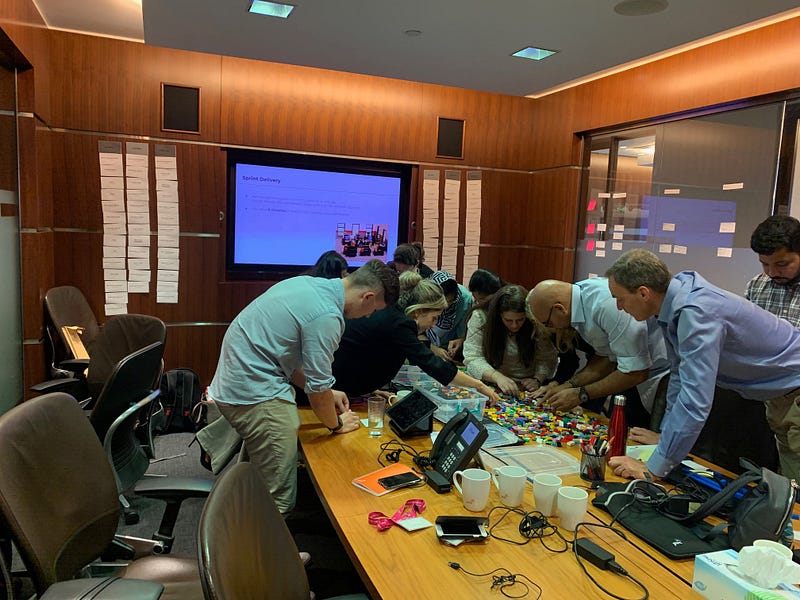Authorized Instructors
This week, we had our formal course accreditation session with ICAgile, where we were to review our 2-day ICAgile Fundamentals course, validating if it meets the desired learning objectives as well as the general course structure, with the aim being to sufficiently balance theory, practical application and attendee engagement. I was extremely pleased when we were given the rubber stamp of approval by ICAgile, as well as getting some really useful feedback to make the course even better, in particular to include more modules aligned to the training from the BACK of the room (TBR) technique.

It’s a bit of a major milestone for us as a team, when you consider this time last year most of the training we were doing was just starting, and most of the team running it for the first time. It’s testimony to the experience we’ve gained, and incremental improvements we’ve made based on the feedback we’ve received that four of us are now authorized to offer a certified course from a recognised body in the industry. A new challenge we face in the course delivery is now the organisational impediments faced around booking meeting rooms(!) — but with two sessions in the diary for January and February next year I’m looking forward to some more in depth learning and upskilling for our PwC staff.
Product Management
As I mentioned last week, Rach Fitton has recently joined us as a Product Manager, looking to build that capability across our teams. It’s amazing how quickly someone with the right experience and mindset can quickly make an impact, as I already feel like myself (and others) are learning a great deal from her. Despite some conversations with colleagues so far where I feel they haven’t given her much to work with, she’s always given them at least one thing that can inspire them or move them further along on the journey.
A good example being the visual below as something she shared with myself and others around all the activities and considerations that a Product Manager typically would undertake:

Things like this are great sources of information for people, as it really emphasises for me just how key this role is going to be in our organisation. It’s great for me to have someone far more experienced in the product space than myself to not only validate my thoughts, but also critique any of the work we do, as Rachel gives great, actionable feedback. I’m hoping soon we can start to get “in the work” with more of the teams and start getting some of our people more comfortable with the areas above.
Next Week
Next week we plan to start looking at structuring one of our new services and the respective product teams within that, aiming for a launch in the new year. I’m also looking forward to connecting with those in the PwC Sweden team, who are starting their own journey towards new ways of working. Looking forward to collaborating together on another project to product journey.







